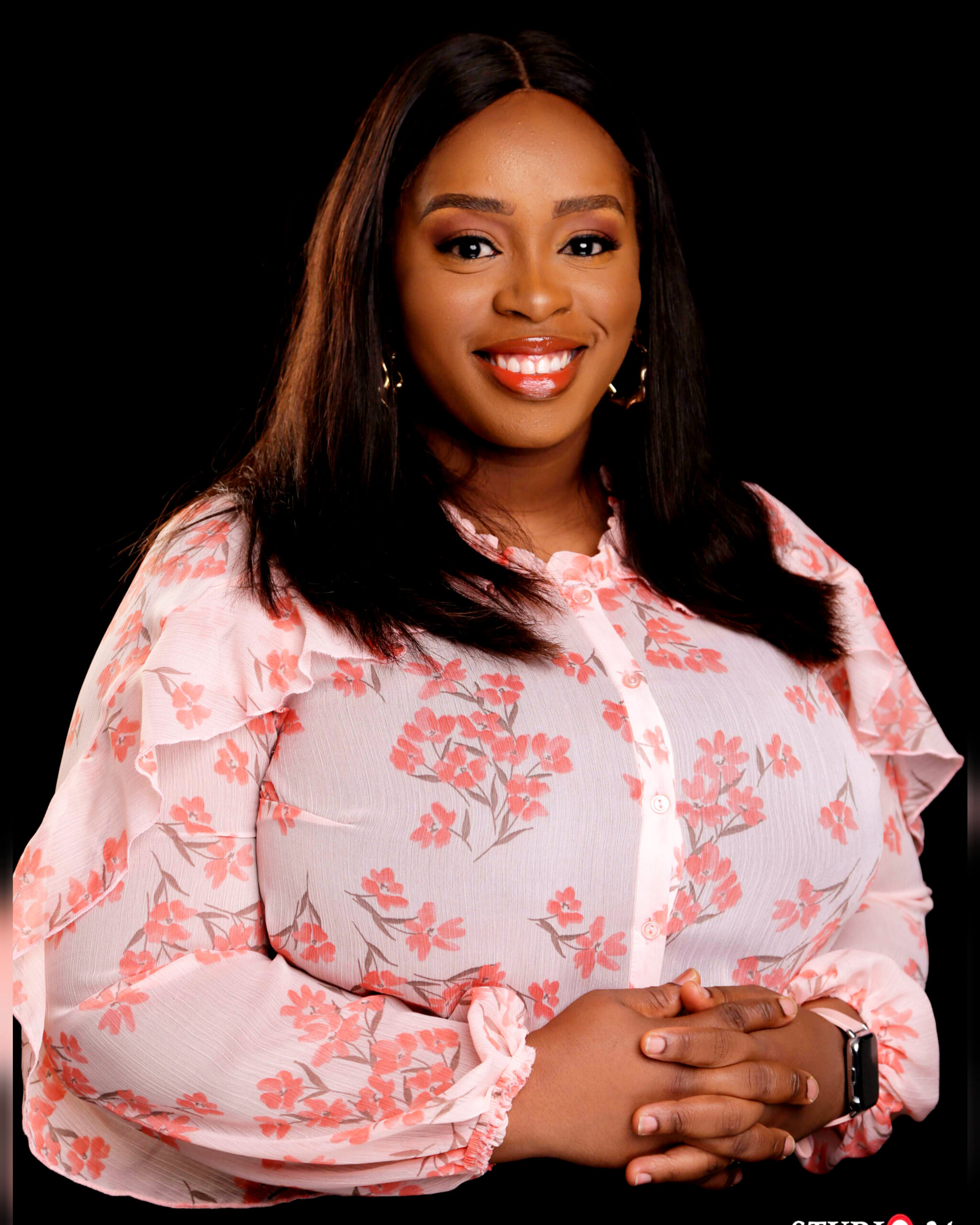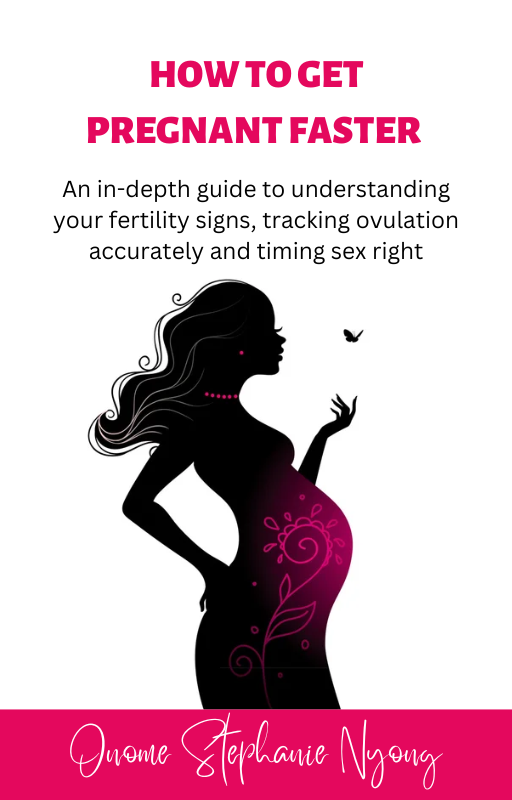Anovulation is a condition caused by hormonal imbalance where a woman does not ovulate. Is it possible to have a period and not ovulate? Yes! Very possible! Ideally, a period happens about 10 to 16 days after a released egg (ovulation) is not fertilized but if you did not ovulate in that cycle, your womb lining will still break down after a while. This is usually called an abnormal uterine bleed, anovulatory bleed or withdrawal bleed. It is not a period.
So, how does a woman know if she’s not ovulating or having this other kind of bleeding? In this article, I’ll be teaching you 5 signs that could mean that a woman isn’t ovulating!
If you'd prefer to watch a video, kindly click the play button in the video below or scroll past it to continue reading
1. Irregular cycles
If you have cycles that are 21 days long, it simply means your body isn’t getting enough time for the egg follicles to mature.How do I know this?
The menstrual cycle has four phases but if we were to divide it into two major parts, we will have pre-ovulation and post ovulation that is before and after ovulation.
The phase after ovulation until the start of the next period is called the Luteal phase. Ideally the luteal phase should be around 10 to 16 days. If we subtract 10 to 16 days from a cycle that is 21 days long, we have a pre-ovulation phase less than 12 days. You need at least 14 days for the egg to mature properly.

A cycle on the other hand that’s more than 35 days or cycle lengths that change month after month with at least 7 days may be anovulatory cycles
2. Missed or Skipped Periods
Months pass and you don't get a period even when you are not pregnant. You are not ovulating!
3. No fertile quality cervical fluid
As the fertile window opens in a regular cycle, your cervical mucus becomes wetter, you feel a lot of wetness down there.

4. No sustained raised temperature in your cycle chart
If you watched my videos at all, you will attest to the fact that I love cycle charting a lot. It doesn’t just help with timing sex or ovulation but also points to you irregularities with your cycle. Like I tell women, sometimes you have to go for multiple tests just to check what the problem might be but do you know you can see some of this from your cycle charts right there in the comfort of your home. Very cheap!
When you chart your daily waking temperature, you will see a pattern pre and post ovulation just like the picture below

Before ovulation, your waking temperatures are usually around 36.1°C (97°F) and 36.4°C (97.5°F) but as soon as you ovulate, it rises between 36.4°C (97.6°F) to 37°C (98.6°F) because of the progesterone secreted after ovulation. It causes heat in the body. This tells you clearly that you have ovulated in that cycle.
Per adventure, your chart does not look anything like this, with sets of low and high temperatures. It simply means that you are not ovulating. A woman’s chart that is not ovulating looks something like the picture below.

Charting your temperatures is easier than you think. All you need is a menstrual cycle chart and a basal body thermometer.
5. Multiple positive ovulation tests
So some of us may have used this at home tests for ovulation at some point. Others may not have heard of it at all but I’ll show you
The picture above is an ovulation test strip. You dip it in your urine and wait a few seconds for the result. A second like as dark as the control line tells you you will be ovulating between 12 to 36 hours. For some women, they keep getting positive tests on multiple days, at different points. This could mean that you are not ovulating and is very common in women with PCOS. Their bodies attempt ovulation several times but do not get through with it.
Again, this is where charting your temperature comes in handy. Every other sign tells you, you are about to ovulate but only temperature can confirm ovulation from sustained raised temperatures. Remember!
You may be interested in this particular topic because tests have shown you are not ovulating or you are suspecting you may not be ovulating because you’ve been trying to conceive or have irregular cycles. I’d always say visit a gynecologist and start charting your cycles. It will help a great deal.

Would you like to learn how to chart your fertility signs correctly in order to track ovulation and time sex right? Get my short E-book 'How to get pregnant faster'

Do you have questions and concerns about your cycle and would like to speak to me about it to see if I can be of help. Click here to book a FREE 20minute discovery call

Did you find this article helpful? Drop a comment and share with a friend!
